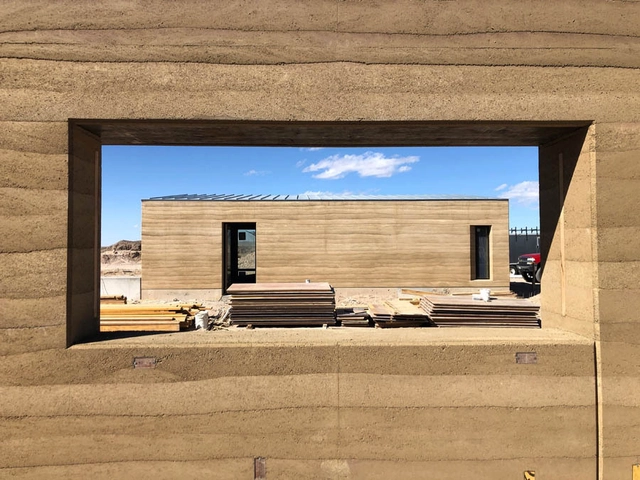
There is a renewed interest in how food is produced and how its creation affects the well-being of both the land and the communities it supports. A similar shift is occurring in architecture, where material culture is emerging as the backbone of design innovation. LEVER Architecture exemplifies this movement with its pioneering "forest-to-frame" model, an approach that reimagines architecture not as an extractive process, but as a regenerative force with positive impacts that extend well beyond the boundaries of any individual building site.






_Yohei_Sasakura.jpg?1584733407&format=webp&width=640&height=580)
_Toshiyuki_Yano.jpg?1584733248)
_Fernando_Guerra___FG_SG.jpg?1584733499)
_Toshiyuki_Yano.jpg?1584733288)
_Adrien_Williams.jpg?1584733422)
_Yohei_Sasakura.jpg?1584733407)








































.jpg?1534475975)
.jpg?1534475968)
.jpg?1534475960)





